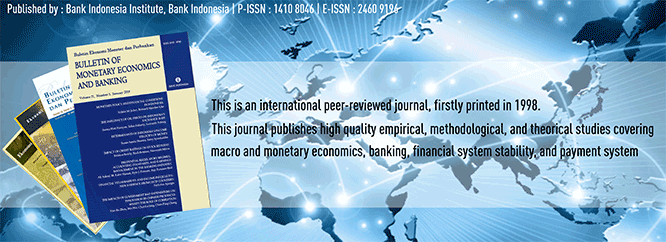
Document Type
Article
Abstract
With the aid of a method of predictability analysis that involves a feasible quasigeneralized least squares estimator, we examine the predictive power associated with the newly computed COVID-19 indices, which are disaggregated into six indices for currency market risks (realized volatility of exchange rate). Our sample size covers the period between December 31, 2019, and December 28, 2021. We note mixed outcomes for the major currency markets considered. On average, while the health crisis seems to have heightened the risks associated with Pounds Sterling, Australian Dollar and Canadian Dollar against USD, it exerts a moderating effect on the Euro, Yen and Swiss Franc against USD. However, the indices consistently demonstrate predictive prowess across multiple out-of-sample forecasts, which we adduce to the richness of the new measures.
Recommended Citation
Salisu, Afees A.; Penzin, Dinci J.; and Hammed, Yinka S.
(2025)
"Health Crisis and Currency Risk: Fresh Evidence from New Data Sets,"
Bulletin of Monetary Economics and Banking: Vol. 28:
No.
1, Article 1.
DOI: https://doi.org/10.59091/2460-9196.2136
Available at:
https://bulletin.bmeb-bi.org/bmeb/vol28/iss1/1
First Page
1
Last Page
14
Creative Commons License

This work is licensed under a Creative Commons Attribution-NonCommercial 4.0 International License
Country
Nigeria
Affiliation
Centre for Econometrics and Applied Research, Ibadan, Nigeria







